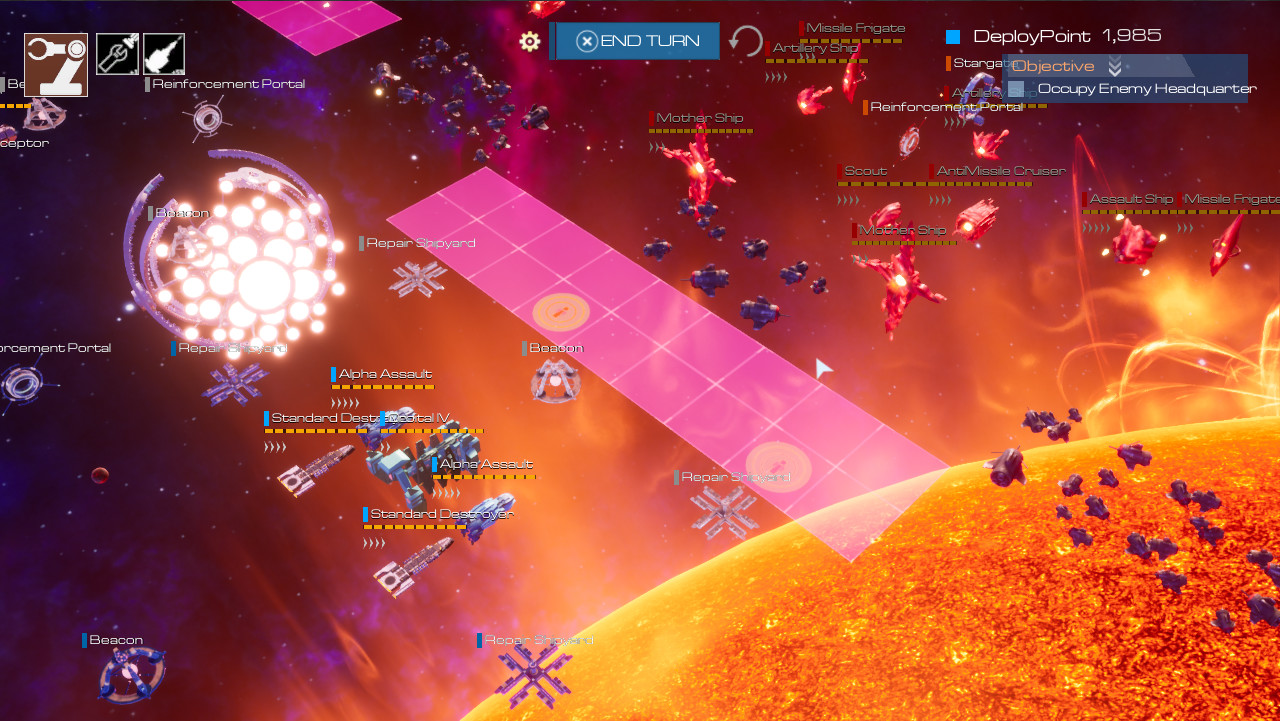

This approach has proven staggeringly successful across a wide variety of games. For example, you might be able to buy a flame thrower for twenty cents. And at just this point, the game offers to let you pay (actual) money for an instant upgrade. The time when you can purchase a new weapon begins to seem like it is a long way off.Īs the challenge mounts, flow starts to give way to frustration.

As you begin to lose more of your zombie battles, your point production slows. But if you do, you find that after a while your ability to earn points in the game starts to lag behind the introduction of new challenges. In a freemium game, as the name (sort of) implies, you can in theory play for free. So called “freemium” games utilize compulsion loops in a particularly insidious way. Your sense of challenge and accomplishment is carefully managed in an effort to keep you in a state of “flow,” in which you get the optimum satisfaction out of your task. You soon rack up larger point totals that allow you to acquire an even more powerful weapon–say, a chainsaw. Success earns you points that can eventually be applied to purchase a bigger weapon–say, a samuri sword–and this new weapon allows you to fight a cohort of larger, stronger zombies. For example, imagine a game in which the goal is to kill as many zombies as you can.Ĭompulsion loop of an imagined zombie killing gameĪt first you confront small zombies with a weak weapon–say, a bat. To create a compulsion loop, game designers carefully control the schedule of rewards (usually, a never-ending supply of new content) to keep gamers coming back for more. In other words, it’s an unapologetic attempt to get users addicted to your game. Joseph Kim, the studio lead at FunPlus, defines a compulsion loop like this:Ĭompulsion Loop: A habitual, designed chain of activities that will be repeated to gain a neurochemical reward: a feeling of pleasure and/or a relief from pain. One powerful weapon in the game designer’s arsenal is the so-called “compulsion loop.” This concept has been implicit in many games since time immemorial, but the designers at Zynga (Farmville) recently popularized the overt exploitation of this idea, which has received increasing emphasis in game design. To get past the hype, we need to move beyond simply saying “games are good,” and begin to critically examine the elements that make games successful at driving engagement and improvement in their users, and how those elements might be utilized in an educational context. So, not surprisingly, there’s a lot of hype. These days, in learning, it’s cool to be gamey.

Compulsion Loops and Addictive Training Games


 0 kommentar(er)
0 kommentar(er)
